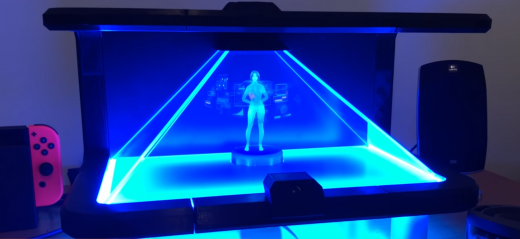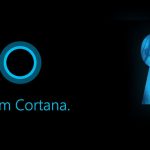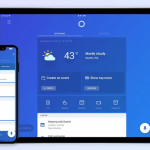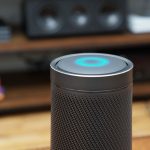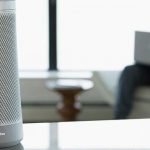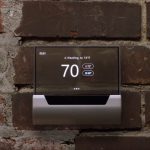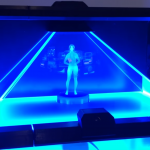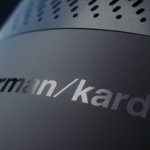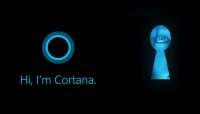Holographic Cortana Uses Bing, Windows To Retrieve Data
Holographic Cortana Uses Bing, Windows To Retrieve Data
by Laurie Sullivan @lauriesullivan, May 30, 2017
Eliminating the screen to present a holographic image in its place will likely come from third-party companies such as in the holographic Cortana appliance developed by software engineer Jarem Archer at unt1tled.com.
It’s Archer’s example of knowledge-based queries on Google Home or Amazon Alexa if they were to use the hologram from the Microsoft Halo franchise. Powered by Windows 10, the hologram relies on three cameras and a slew of other technology.
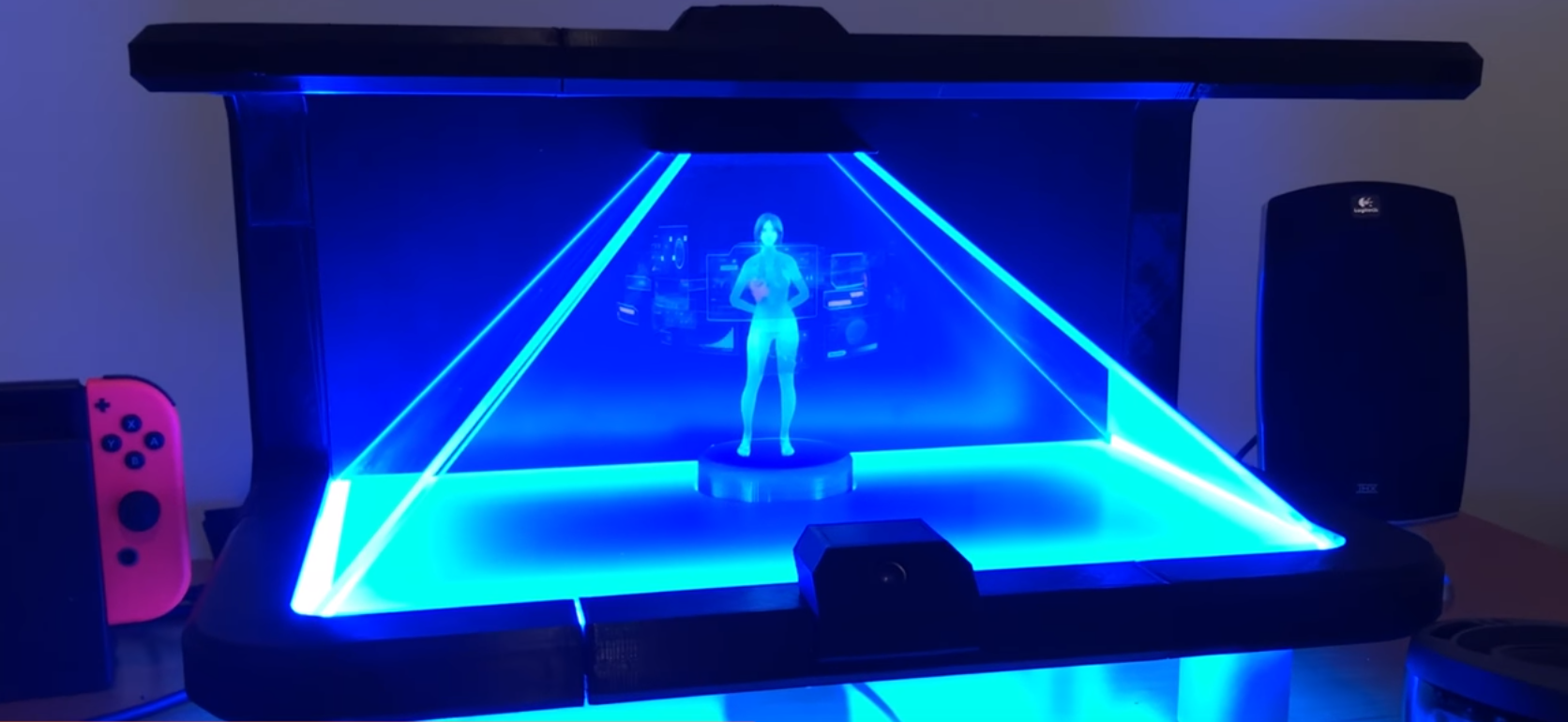
“Hey Cortana, will I need an umbrella today?” Archer asks Cortana.
“That’s probably not necessary,” the Cortana hologram replies. “The forecast shows sun with a high of 87 and a low of 68.”
The universal changes that search will undergo in the next five years will occur mostly through artificial intelligence.
For Microsoft, the future lies in Cortana and chatbot technology, according to Matthew Quinlan, director of product marketing for Cortana at Microsoft.
“We have not announced much about how these experiences come to devices like HoloLens,” Quinlan said in an earlier conversation with Search Marketing Daily, suggesting that Cortana can potential come to more holographic or virtual “expressions of either the assistant itself or just the information.”
Quinlan said in the future chatbots on sites like WebMD.com or Nordstrom could potentially pull in data retrieved from Cortana to become increasingly personal, making chatbots more like assistants and less like search engines.
Microsoft has been testing chatbots tied to several hundred companies in the Seattle area. These chatbots serve up in the Bing search engine. In many cases the company or brand doesn’t need to develop and publish the bot — it appears automatically and pulls information from the Web site, Bing, or from across the Web to answer questions.
On WebMD.com, a bot automatically returns answers to search queries such as “what causes hay fever.” If WebMD.com doesn’t have the information on its site, the chatbot will pull the information from Wikipedia, he says, which demonstrates the need to always keep Web site information up to date.
The next step is to integrate personal information about searches and calendar events managed by the personal assistant Cortana. Once that occurs, the results and interactions between humans and chatbots will become much more personal.
But it’s not always just about algorithms. The processing power required for these chatbots continues to grow, but Quinlan says the breakthroughs in artificial intelligence that enable machines to understand in real-time what is being asked and the complex power in hardware will make processing extremely fast.
In 2014, Microsoft began working with semiconductor chip manufacturer Altera to test the speed of FPGAs (field-programmable gate arrays). The results found that using this technology improved the performance of the search engine so much that Microsoft made plans to integrate the boards and technology into its Bing data centers to improve on the processing power at much greater speeds.
Quinlan doesn’t see “eliminating” the screen in the future as the answer, but Microsoft is working with hardware manufacturers to provide users with options.
Harman Kardon has announced it will integrate Microsoft’s Cortana AI software into its home speakers.
MediaPost.com: Search Marketing Daily
(226)

